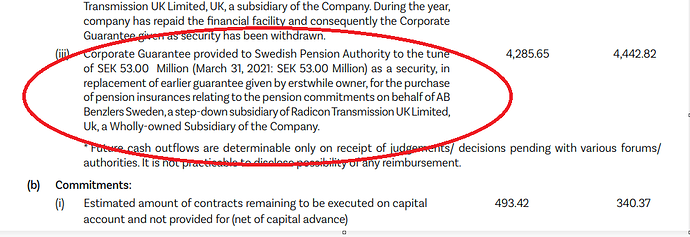Valuation in itself is a field, it is like an ocean, and as such there are no straight forward answers, and each company’s valuation should be looked independently, and valuation is subjective many times.
So at the beginning of one’s investment journey, valuation is looked at from standard parameters like PE, price to sales, DCF, FCF, and as one progresses as an investor, gains some knowledge, one comes to know that valuation although significant, is not the only parameter that should be taken into consideration while buying stocks, there are many other things, particularly when one understands the business more, and that there are reasons for such valuations, which may disappear quickly, but until they last, high valuations can sustain.
Although sometimes, with stocks that run up a lot in short time, more often than not, the valuations may not sustain, particularly stocks that are talked about everywhere and people are buying without knowing about them.
This is not to say that, valuation is not important, in fact, there is a set of investors, value investors, who know about the business, who assign a price to the business and buy only when the price fits the future growth, even book profits when they think price is not sustainable if it goes up by much. But these kind of bets may take a while to realize sometimes, because market may be focusing elsewhere, these investors have invested in stocks that may see less growth or even no growth for some time, so patience is needed here, hence the other side of investing, growth investing, wherein people don’t want to wait, but want to participate in something that is growing.
I guess, at the beginning of the journey, investing w.r.t valuation, quantitatively or even qualitatively, is not easy for everyone. After gaining some experience, there will be lessons learnt regarding valuations, lessons of different kinds.
So numbers alone don’t present the full picture, understanding the business, estimating the growth, the likelihood of that growth happening, the obstacles that may halt the growth, competition etc help to have a more broader view of the price.
Just some observations.


